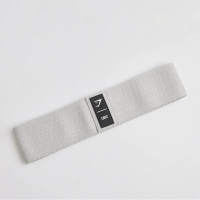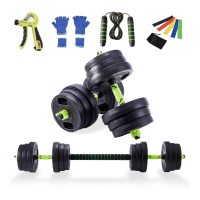How to do resistance band exercises - plus, 7 moves to strengthen your lower body
Learning how to do resistance band exercises can make your strength training and stretching workouts so much easier. Here, personal trainers explain how
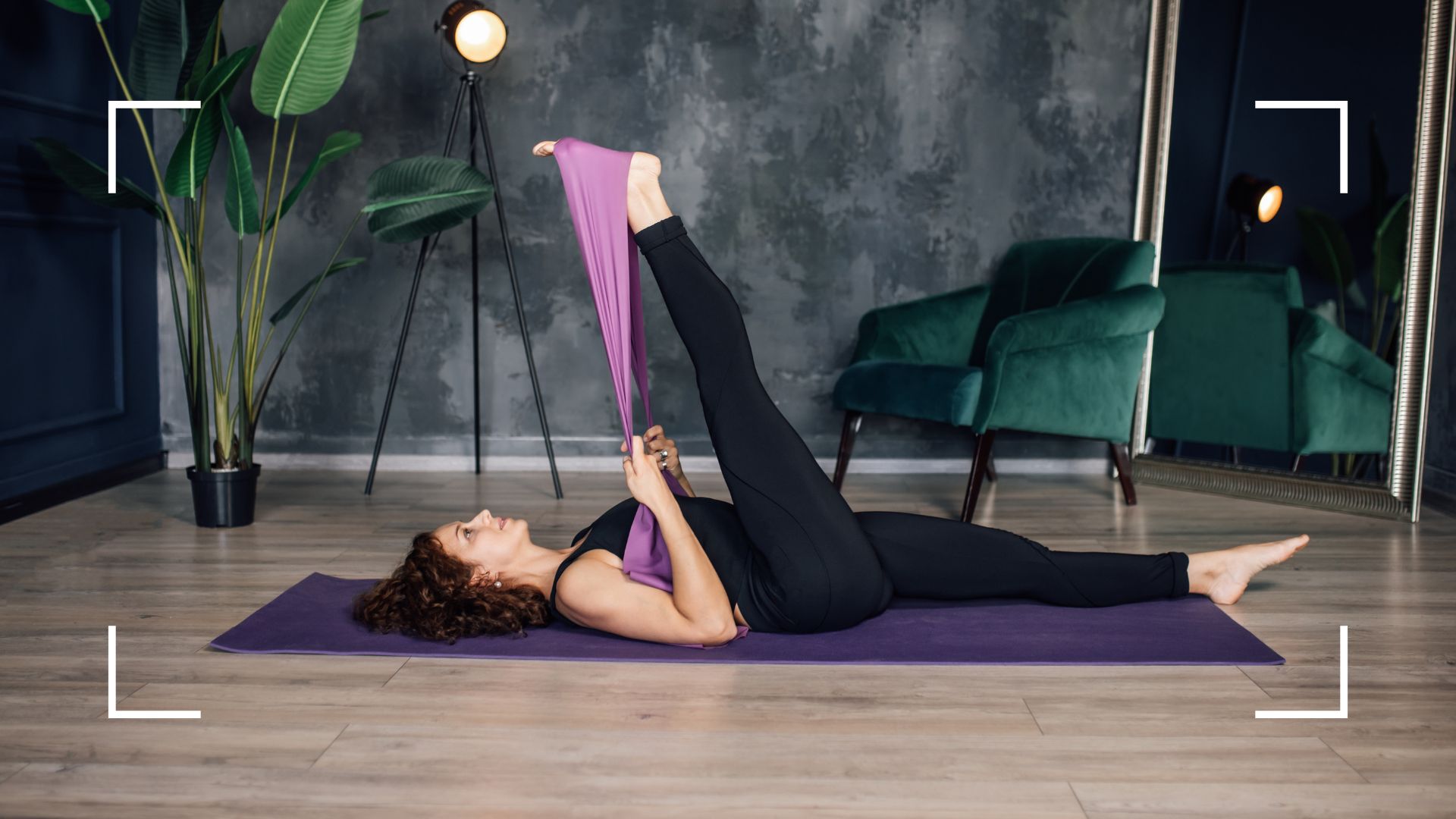
Wondering how to do resistance band exercises? These stretchy elastic or fabric bands can be used for both exercise and physiotherapy in various ways and offer a great alternative to using weights as they come in different thicknesses and elasticities, and they are lighter and more transportable than other strength training essentials like dumbbells or kettlebells.
The best resistance bands can be incorporated into your workout alongside cardio or you could base a whole workout around them. Many people find that they are excellent for focusing on the core, quads, hip flexors and glute muscles.
What's more, they are perfect for any experience or fitness level, says personal trainer Anya Russell. “It’s easy to adjust the amount of resistance during an exercise just by giving more or less slack on the band," she says. "Plus, you can also make the exercise more challenging by adding multiple bands." But where do you start? Whether you're new to strength training or looking to incorporate some different training into your routine, this is how to do resistance band exercises at home or in the gym.
How to do resistance band exercises
1. Banded squat
Banded squats are great for your glutes, quads, and hip adductors, says barre and Pilates specialist Natalie Rose Edwards.
How to do a banded squat:
- Place the band around your thighs, not too high that it rolls up and not too close to your knees.
- Make sure your feet are slightly wider than your hips and turn your feet outwards slightly.
- Lower yourself down and push your hips back.
- Push your knees outwards into the band to increase the intensity.
- Hold the squat for a couple of seconds and then stand up.
- Repeat this exercise for 10-12 reps before resting. You can do this three or four times during a resistance band workout.
Rather than loading up with a barbell at the gym or a kettlebell, the band around your thighs acts as the resistance when you lower into the movement and come out of it, making a resistance band leg workout a suitably safer option for those looking to do strength training at home for beginners.
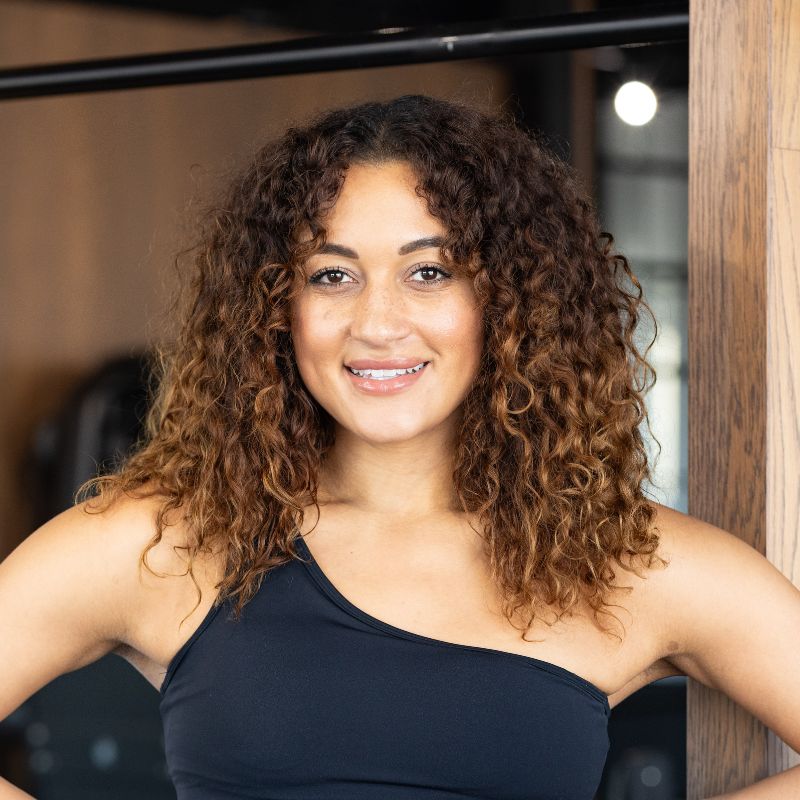
Natalie Rose Edwards is a personal trainer, Pilates and barre instructor, and the founder of the 3-2-8 Method and the Body by Barre Studio. She is a specialist in women's health, balanced training and sustainable fitness routines for modern women.
2. Banded squat walks
You'll certainly feel the burn with a banded squat walk but Edwards recommends the movement for improving your balance and core stability, along with your glute strength.
Sign up for the woman&home newsletter
Sign up to our free daily email for the latest royal and entertainment news, interesting opinion, expert advice on styling and beauty trends, and no-nonsense guides to the health and wellness questions you want answered.
How to do a banded squat walk:
- Place the band around your upper legs and get into a squat position with your legs wide.
- Then, keeping your legs more than hip-width apart, take small steps sideways and then go back in the opposite direction.
- Try to do 60 seconds.
3. Monster walks
There are many different types of resistance bands you can buy - for this exercise, you'll need a shorter, thicker band designed to increase the tension in the glutes and hip flexors.
How to do a banded monster walk:
- Once the band is in place, take a wide stance and step one foot forward and out to the side.
- Taking big steps will mean there is a lot of tension in the band which will make your legs work harder.
- After the first step, do the same with your other leg and continue walking forward, taking ‘monster’ steps.
- After several steps forward, do the same walking backwards.
- Do this for 60 seconds and then rest and repeat one to two more times.
Gymshark Light Glute Band: £15 at Gymshark
The Gymshark Light Glute Band is our tried-and-tested favourite of all on the market right now. It offers a low resistance and it's made of premium, durable fabric, with a silicone taping to prevent slipping - a key feature for these exercises.
4. Squat single leg lifts
Another excellent way to learn how to do resistance band exercises is with single-leg lifts. In the beginning, you may only be able to do five or ten seconds of these but aim to build up your tolerance over time.
How to do squat single-leg lifts:
- Place the band around your thighs, squat down then shift the weight over to one leg and lift the other straight in front of you, keeping your heel hovering a few inches above the ground, Edwards says.
- Focus on holding a strong core and bend the supporting leg to protect your knee.
5. Banded arm clams
Edwards is also a fan of doing banded arm clams - the popular Pilates exercise, nothing to do with the shellfish - as part of a resistance band exercise routine.
How to do banded arm clams:
- Lie on one side, place the band around your thighs and stack your hips.
- Rest your head in your hand and pull up through the side of your waist.
- Bend your knees on top of each other, and then open and close the top thigh, resisting against the band.
- Try to do 60 seconds on each side.
6. Glute bridges
Personal trainer, nutritionist and menopause expert Lauren Chiren also recommends learning how to do resistance band exercises to those who want to target the lower body. She recommends banded glute bridges for targeting the glutes, hamstrings, and core muscles.
How to do glute bridges with resistance bands:
- Place the band above your knees, bend your legs and lift your hips high, keeping your shoulders on the ground and your knees hip-width apart.
- Pressing your legs against the band to increase the resistance and work your hip abductors.
- Roll your spine back down to the ground slowly.
- Chiren recommends doing 10-15 reps, three times over.

Lauren Chiren is a personal trainer and the founder of Women of a Certain Stage. A platform on a mission to educate and support executive women who are transiting through menopause. With a background in psychology, sports therapy and nutrition and a wide range of coaching certifications including personal training, health coaching, life coaching, mastery coaching, and transformational coaching, Lauren brings a comprehensive skill set to her work.
7. Controlled roll-ups
If you're familiar with wall Pilates then this might be a move you've encountered before. It's also one of the best core exercises at home, given the amount you'll need to engage your ab muscles to get the most out of this movement.
How to do controlled roll-ups:
- Sit on the floor with your legs straight out in front of you, loop the band around your feet, and hold on to each end with your hands.
- Roll backwards down to the ground slowly, scooping your tummy in towards your spine.
- Then roll back up to a seated position slowly, while keeping your arms as straight as possible.
- Try to do one set of 10-12 reps.
What are the benefits of resistance band exercises?
1. They can help you build strength
A study by the Federal University of Mato Grosso in Brazil found that training with elastic resistance provides strength gains similar to training with conventional resistance. For example, using one of the best dumbbells or kettlebells in a training routine.
Chiren argues they may actually be better for some people who want to get stronger. "Unlike weights, which provide a constant load, resistance bands create an increasing resistance as they stretch, meaning your muscle is under tension throughout your entire range of motion, making the exercise more intense, and leading to improved muscle tone and strength (if you’re consistent)," she says. You can then also increase the tension and number of repetitions as your strength and stamina increase.
Many of the best strength training apps and programs suggest doing both for the best results and Russell agrees with this approach. "If you’re looking to build muscle - then although that can be achieved training with bands - it's more straight-forward training with dumbbells or kettlebells, as you know exactly what weight you are lifting, whereas with bands you are working within a range."
20KG 3in1 Dumbbell Set: £39.99 at Amazon
Combine dumbbells and resistance bands in this one set from Amazon - on sale now for under £40. It includes adjustable dumbbells, resistance bands, a skipping rope, a grip strengthener, and workout gloves. it's

Anya Russell is a Girls Gone Strong qualified personal trainer and group fitness coach serving women in all stages of their lives whether it be pre-pregnancy or post-menopause – with 12 years experience as a trainer and over 10,000 in-person as well as online personal training sessions and 1000+ fitness classes taken during that time.
2. Resistance bands are versatile
Using bands in your workouts is a great way to get a workout in, especially if you don’t have time to go to the gym or the storage space to hold several different weights. You can change up the resistance according to which exercises you’re doing and increase the tension as you get stronger.
Another great benefit of resistance bands is that you can do them lying down, sitting down or in a weight-bearing position (i.e. standing up). There’s a huge range of exercises you can do with them and many of the best workout apps offer routines involving cardio or HIIT training in combination, which should prevent boredom when training regularly.
But you don't need to exclusively do yoga mat workouts to feel the benefits of resistance bands. Some people prefer to use the strong elastic bands for stretching before a workout or in another exercise, such as Pilates for strength training.
3. They can help activate your core muscles
It’s important not to neglect your core when learning how to do resistance band exercises. Not only will a strong core help you in training to reduce the risk of injury by increasing strength and stability in your body, but it can contribute to a strong, upright posture in daily life too - which in turn, helps everything from your digestion to confidence levels.
"Continuous tension from resistance bands results in core muscle stabilisation, which is essential for maintaining form during exercises," says health coach Sean Willers. There are several ways to learn how to do resistance exercises and some focus solely on the core - but it's important to keep your abdominal muscles engaged throughout the workout.
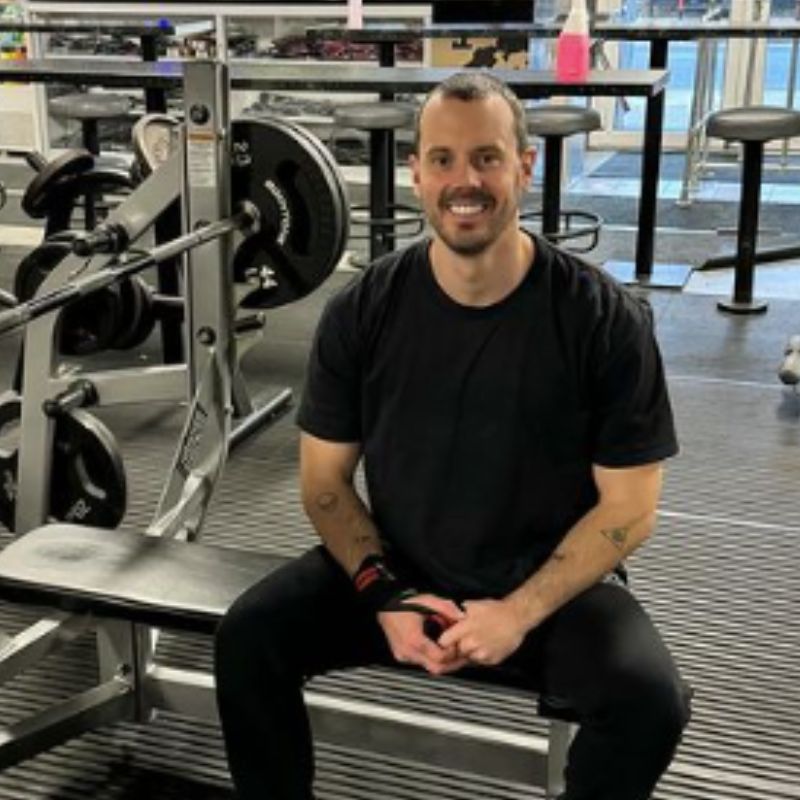
Sean Willers is a personal trainer and the founder of Willers Fitness, a global platform with clients in 14 countries. He focuses on combining scientific methods with a deep understanding of the individual challenges and goals of each client, offering tailored solutions that go beyond traditional fitness regimes.
4. They can help to improve your balance and flexibility
As we age and go through menopause, we tend to naturally lose strength, muscle mass, and body density, which can affect our sense of balance. But if you stay strong and healthy, you can maintain it - and resistance bands can help with this.
Russell says bands are “gentler on joints than weights and they allow smooth, controlled movements” to help with your mobility. Using them regularly will improve the strength of your knee joints, hamstrings, quads, hips and glutes. This can be important for both daily life and for improving form when doing other sporting activities.
Always make sure you’re wearing appropriate footwear when working out, and practise on a flat, stable surface. One of the best yoga mats can offer this, with rubber mats providing the most stable surface with a grippy texture.
5. Resistance bands can help prevent injury
It's not only strength that resistance bands are useful for though. As Chiren says, they can help improve your balance, reduce the risk of falls, and maintain your general independence throughout life thanks to their low-impact nature.
It’s also common for bands to be used in physiotherapy or rehabilitation after an injury or surgery. As your range of motion and flexibility return, you can increase the resistance and number of repetitions.
Always follow your physiotherapist’s recommendations on which band is best to use as your recovery progresses.
Do resistance bands really work?
As with all types of exercise, consistency is key and if you use your band regularly “you can start seeing results in a few weeks, and you’ll notice that you need to increase the intensity, or reps during the workout”, Chiren says, adding that many users will notice improved muscle definition and strength within a month of regular use.
Edwards also says you’ll notice a difference even quicker if you increase how often you do strength training to a couple of times a week. "You can expect to see results with resistance bands between 3-6 weeks if you work out 3-5 x a week for at least 10 mins each time," she says.
In recent years, a lot of attention has been paid to the importance of strength training for women over 50. Just like doing yoga over 50, picking up resistance training at this age can offer numerous particular benefits. "Resistance training is a low-risk way of building muscular endurance, improving bone density and reducing the risk of osteoporosis,” Edwards tells woman&home.
Chiren agrees. "As we age, maintaining muscle strength and joint flexibility becomes increasingly important, but more difficult. The low-impact nature of resistance band exercises makes them a safe and effective option for older women."

Kat Storr has been a digital journalist for over 15 years after starting her career at Sky News, where she covered everything from world events to royal babies and celebrity deaths. After going freelance eight years ago, she now focuses on women's health and fitness content, writing across a range of UK publications.
From perimenopause to the latest fitness trends, Kat loves researching and writing about it all. She's happy to give any fitness challenge a go and speaks to experts about wellbeing issues affecting people every day.
